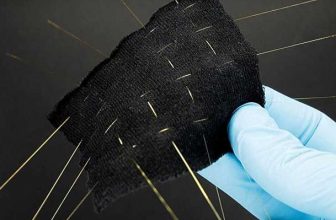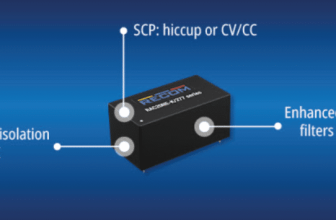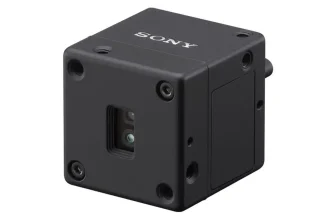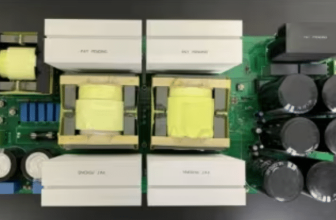
Check out our latest products
The glove changes sounds like speech and alarms into vibrations, helping deafblind users feel their surroundings through touch, offering a new way to communicate.
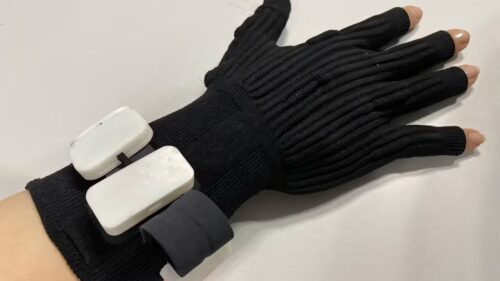
Recent technology is helping people with hearing or vision problems interact with the world in new ways, like devices that turn visual information into sound for the blind or translate sign language into visuals for the hard of hearing. However, there are still fewer options for the millions of deafblind individuals. To address this, researchers at Nottingham Trent University created the Vibrotac-Glove, a glove that turns sounds like spoken words, alarms, and doorbells into vibrations on the wearer’s fingers. This technology could give deafblind people a way to connect with their surroundings.
The glove uses haptic electronic yarns (E-yarns), a technology that integrates small electronic components into fabric fibers. These E-yarns contain miniature eccentric rotating mass (ERM) motors that produce vibrations felt by the user. The vibrations are transmitted through the tops of the fingers, just below the knuckles. The glove is controlled by an Arduino Nano 33 IoT development board.

The ERM motors are placed in 3D-printed covers and sealed with resin to protect them from moisture and damage. Vectran fibers are added with the wiring to make it flexible, all wrapped in a material made from double-covered Lycra. Each motor can vibrate in different patterns, strengths, and lengths of time, turning things like words, numbers, or alerts into touchable signals similar to braille. This allows the glove to create a “vibration language” to communicate with the wearer through touch.
The glove uses artificial intelligence (AI) to interpret conversations, environmental sounds, or smartphone notifications. The AI processes the audio and translates it into a summary, which is then sent to the glove’s actuators. Users feel a series of pulses, varying in timing and pattern, which they learn to associate with specific meanings, such as a greeting or a loudspeaker announcement.
The device was tested with ten participants, and the results were promising, with users correctly identifying the haptic signals 80% of the time. The index and ring fingers were the most sensitive for detecting different vibration patterns. The Vibrotac-Glove offers a way for people to experience the world through touch, and its use of materials, haptic feedback, and AI could inspire future research to help even more people.


![[5G & 2.4G] Indoor/Outdoor Security Camera for Home, Baby/Elder/Dog/Pet Camera with Phone App, Wi-Fi Camera w/Spotlight, Color Night Vision, 2-Way Audio, 24/7, SD/Cloud Storage, Work w/Alexa, 2Pack](https://m.media-amazon.com/images/I/71gzKbvCrrL._AC_SL1500_.jpg)



![[3 Pack] Sport Bands Compatible with Fitbit Charge 5 Bands Women Men, Adjustable Soft Silicone Charge 5 Wristband Strap for Fitbit Charge 5, Large](https://m.media-amazon.com/images/I/61Tqj4Sz2rL._AC_SL1500_.jpg)


